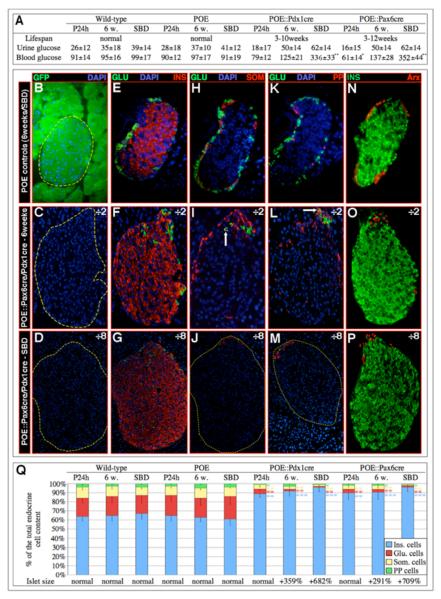Figure 1. The overexpression of Pax4 in Pdx1 or Pax6 expression domains promotes the genesis of oversized islets mainly containing insulin-expressing cells.
(A) Characterization of the lifespan and glycemia (in mg/dl) of POE::Pdx1cre and POE::Pax6cre mice 1 day and 6 weeks postpartum, as well as short before death (SBD). Note that initially, these animals are hypo- and subsequently hyperglycemic. (B-P) Immunohistochemical analysis of the islets of double-transgenic mice. A dramatic increase in islet size and insulin-expressing cell mass is evident 6 weeks postpartum (C, F, I, L, O) and is even more pronounced SBD (D, G, J, M, P) as compared to representative control islets (B, E, H, K, N). Concurrently, a loss of α- (E-M), δ- (H-J), PP- (K-M), and Arx-labeled (N-P) cells is evident, but, interestingly, few of these remain detectable at one pole of the islet, some co-expressing the glucagon and somatostatin (arrow in I) or PP (arrow in L) hormones. (Q) A quantification of the endocrine cell alterations ascertains these observations (also see Table S2). For the purpose of clarity, the magnification of double-transgenic islets is twice (C, F, I, L, O) or eight times (D, G, J, M, P) reduced compared to controls. (n>11, * P<0.05, ** P<0.01, *** P<0.001, all values expressed as means ± standard error of the mean).

